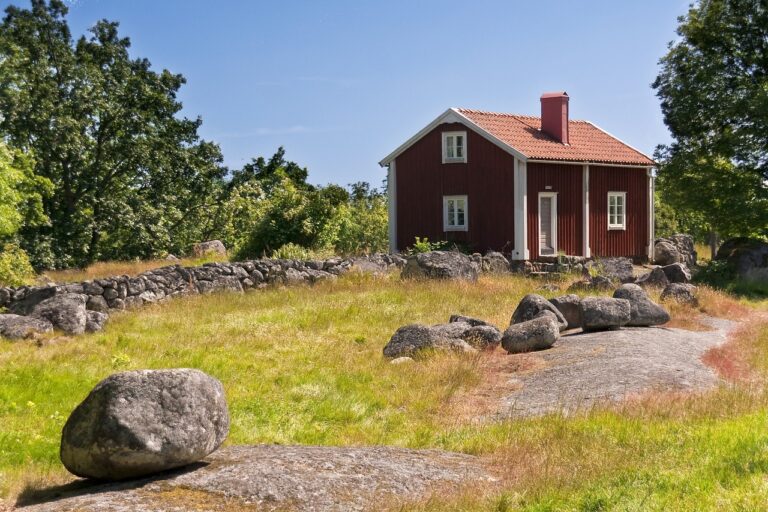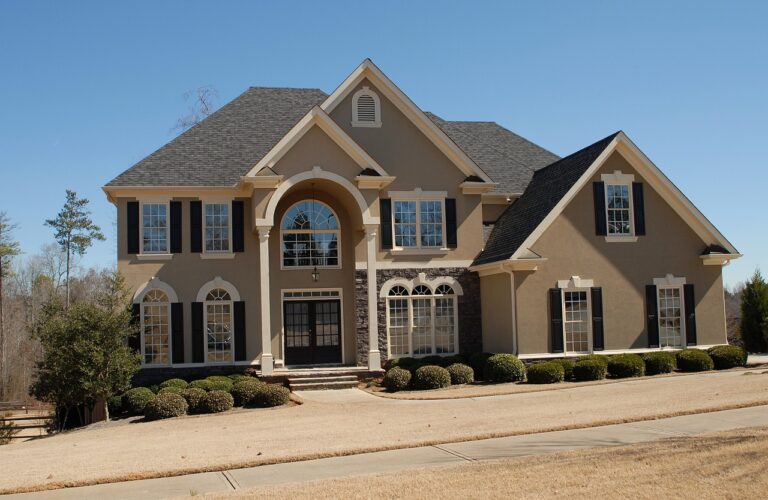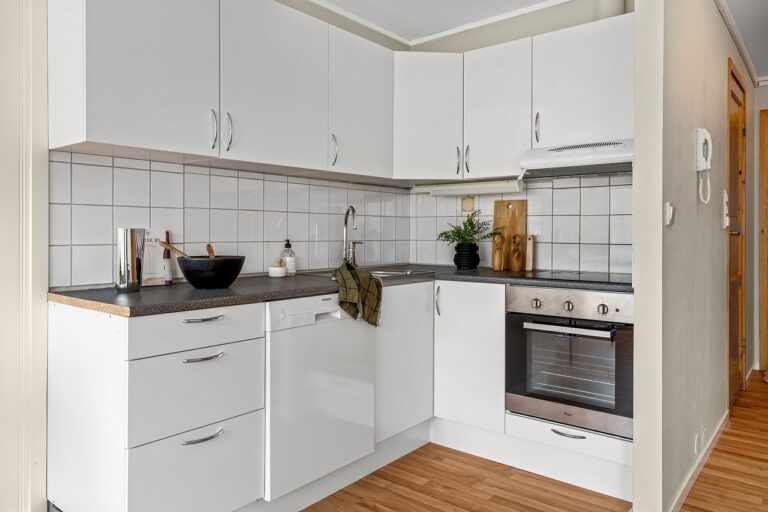The Advantages of Low-E Windows for Energy Efficiency
Windows play a crucial role in the energy efficiency of a home. They are the primary barriers between the indoors and outdoors, regulating temperature, light, and ventilation. Low-emissivity (Low-E) windows have become increasingly popular in recent years for their ability to enhance energy efficiency and offer numerous advantages. In this article, we will explore the benefits of low-E windows and how they can improve the energy performance of your home.
What are Low-E Windows?
Low-E windows are coated with a thin layer of metallic oxide that reflects infrared heat while allowing visible light to pass through. This special coating reduces heat transfer through the window, keeping your home cooler in the summer and warmer in the winter. Low-E windows come in different types, such as soft-coat and hard-coat, each offering specific benefits for energy efficiency.
Advantages of Low-E Windows for Energy Efficiency
1. Improved Insulation
Low-E windows provide better insulation than traditional windows, reducing heat loss in the winter and heat gain in the summer. This helps maintain a consistent indoor temperature, making your home more comfortable and energy-efficient.
2. Reduced Energy Costs
By reducing the need for heating and cooling, low-E windows can significantly lower your energy bills. They help keep your home at a comfortable temperature without overworking your HVAC system, resulting in long-term energy savings.
3. UV Protection
The Low-E coating on windows blocks harmful ultraviolet (UV) rays from entering your home. UV rays can fade furniture, flooring, and other household items over time. Low-E windows protect your belongings from sun damage, extending their lifespan.
4. Increased Comfort
Low-E windows help maintain a more consistent indoor temperature, eliminating hot and cold spots in your home. By reducing heat transfer through windows, they create a more comfortable living environment year-round.
5. Environmental Benefits
Using low-E windows can reduce your carbon footprint by decreasing your energy consumption. By consuming less energy for heating and cooling, you contribute to a more sustainable future and help protect the environment.
6. Noise Reduction
Low-E windows have additional soundproofing benefits, reducing noise from outside sources. This can create a quieter and more peaceful living environment, especially in urban areas or near busy streets.
Frequently Asked Questions (FAQs)
1. Are low-E windows more expensive than traditional windows?
While low-E windows may have a higher upfront cost, they can save you money in the long run by reducing your energy bills. The energy savings and increased comfort they provide can offset the initial investment.
2. How long do low-E windows last?
Low-E windows are durable and can last for many years with proper maintenance. The Low-E coating is typically applied to the glass during manufacturing, making it a permanent feature of the window.
3. Can low-E windows be installed in any climate?
Low-E windows are suitable for all climates and can help improve energy efficiency in both hot and cold regions. They are versatile and effective in regulating temperature and light transmission.
4. Do low-E windows require special maintenance?
Low-E windows do not require additional maintenance compared to traditional windows. They can be cleaned with standard glass cleaning products and should be inspected periodically for any signs of damage.
5. Are low-E windows customizable?
Low-E windows are available in a variety of styles, shapes, and sizes to fit your home’s design. They can be customized to meet your specific needs and preferences, providing both energy efficiency and aesthetic appeal.
Overall, low-E windows offer a range of benefits for energy efficiency, comfort, and sustainability. By investing in low-E windows, you can enhance the performance of your home, reduce energy consumption, and create a more comfortable living environment for years to come.







